Effect of hydrocarbons on petroleum jelly
Effect of hydrocarbons on petroleum jelly
Rubbing a byproduct of crude oil onto your skin isn’t the only concern when it comes to these products. Since petroleum jelly products (like Vaseline) sit on top of the skin and prevent moisture evaporation, the also prevent the skin from drawing moisture from the air. This results in trapped sebum and bacteria, preventing the skin from expelling toxins.
Aside from blocking pores and trapping bacteria, petroleum jelly also carries some bigger problems as well.
Petroleum jelly runs a high risk of containing polycyclic aromatic hydrocarbons (PAHs), contaminants linked to cancer. These compounds have the ability to store in fat tissue, as pointed out by this 2011 study:
“There is strong evidence that mineral oil hydrocarbons are the greatest contaminant of the human body, amounting to approximately 1 gram per person. Possible routes of contamination include air inhalation, food intake, and dermal absorption.”
The study evaluated the long-term storage potential of these hydrocarbons in the body, and also a woman’s ability to pass them on to her child through breastfeeding. They discovered strong correlations between the amounts of fat tissue (from c-sections and breast milk samples) and the amounts of hydrocarbons passed on in breastmilk. Not surprisingly enough, they also found strong potential links between cosmetic and beauty product use and contamination

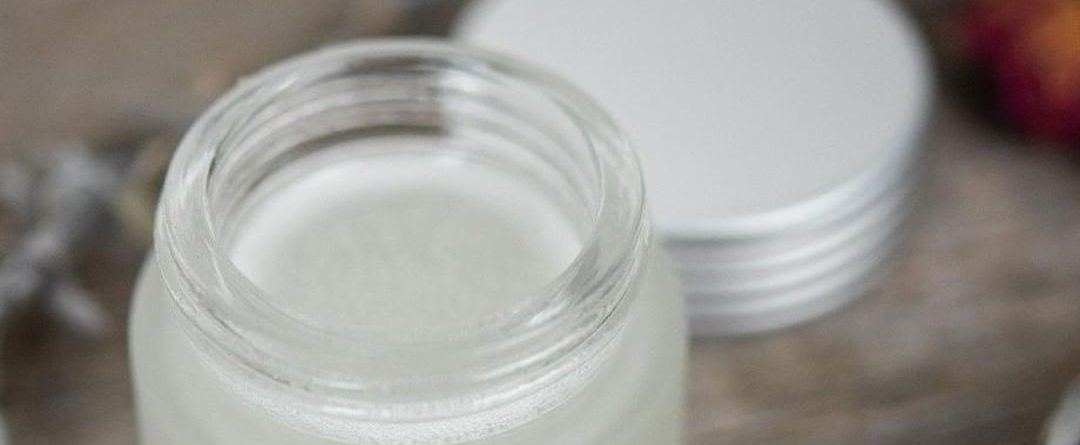
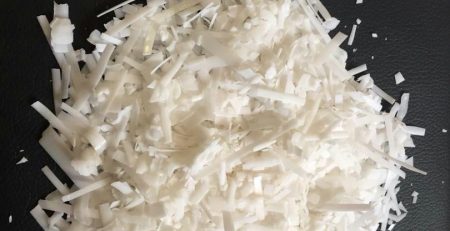
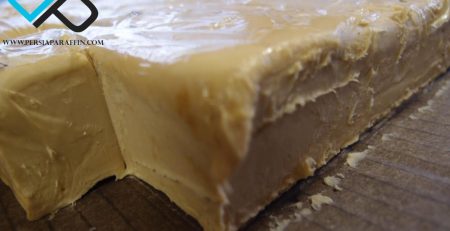
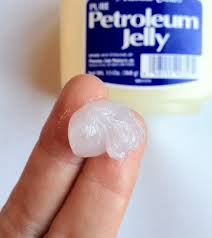

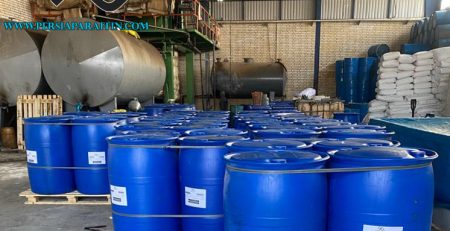
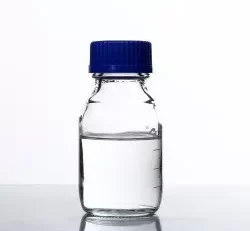
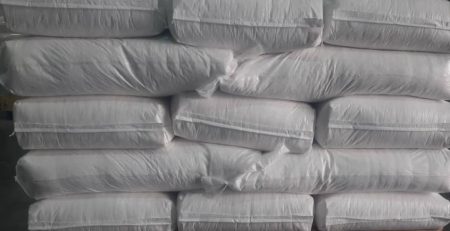
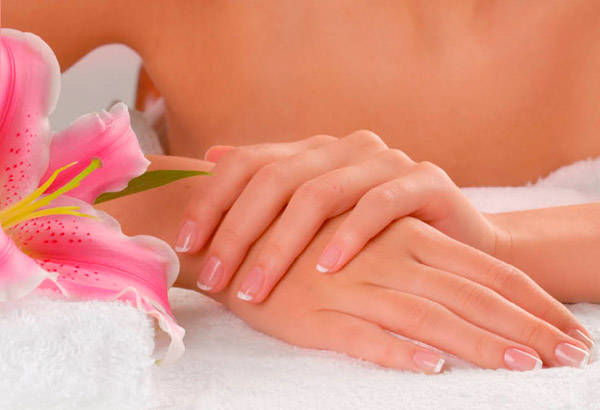
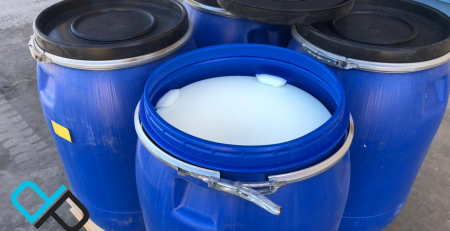
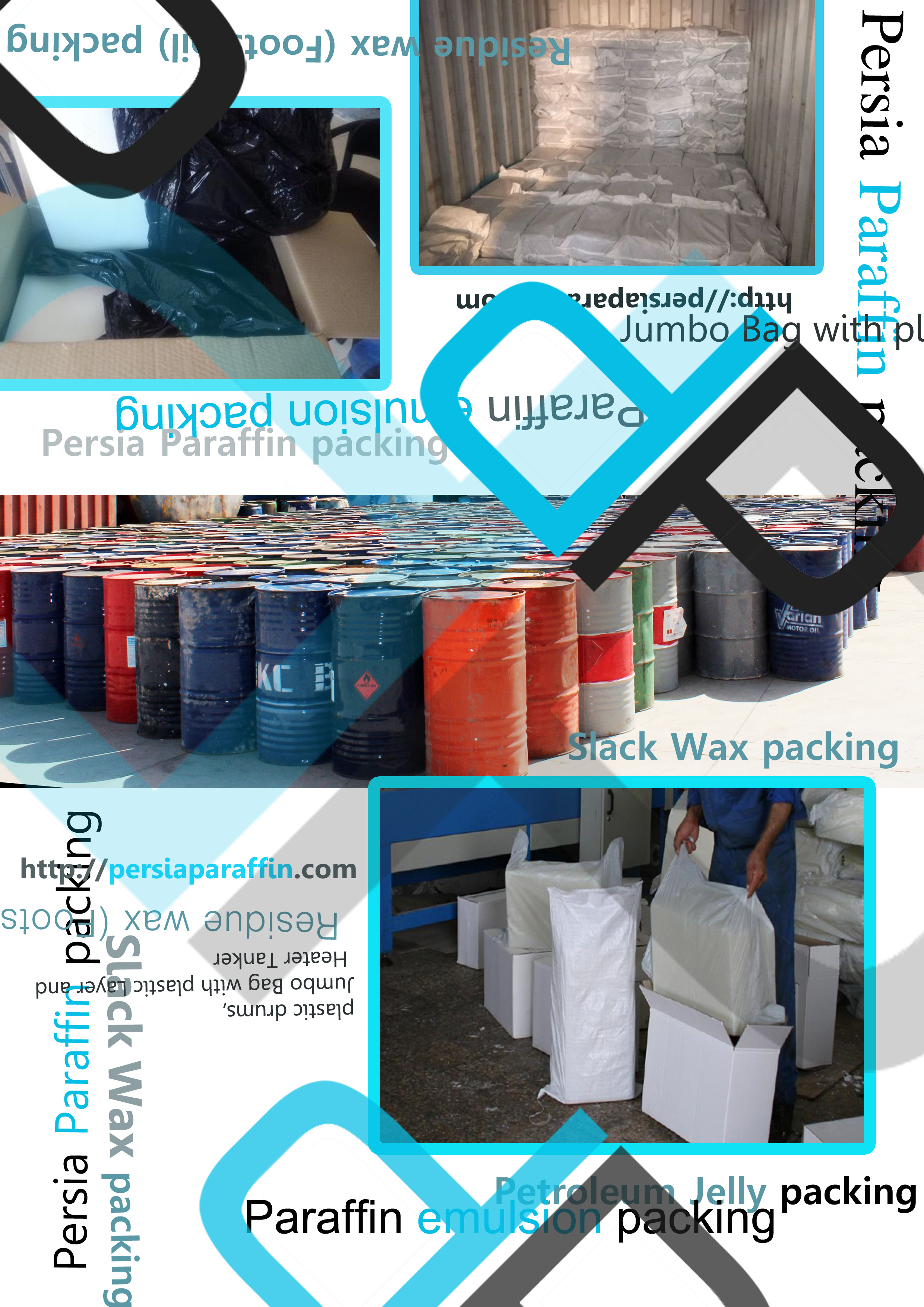

Leave a Reply
You must be logged in to post a comment.